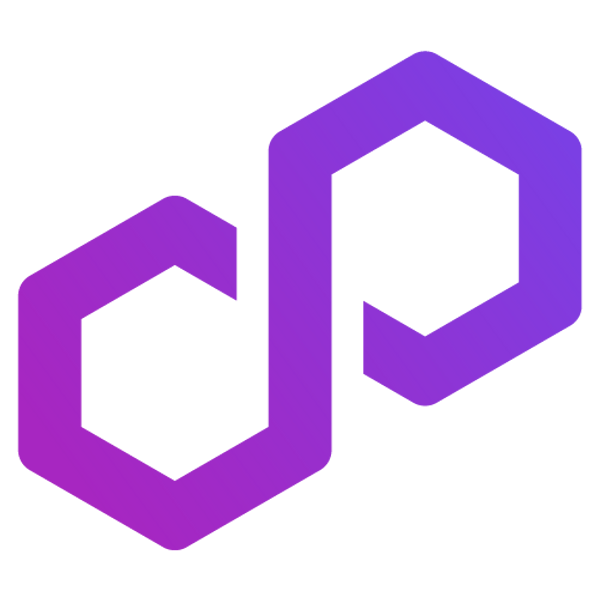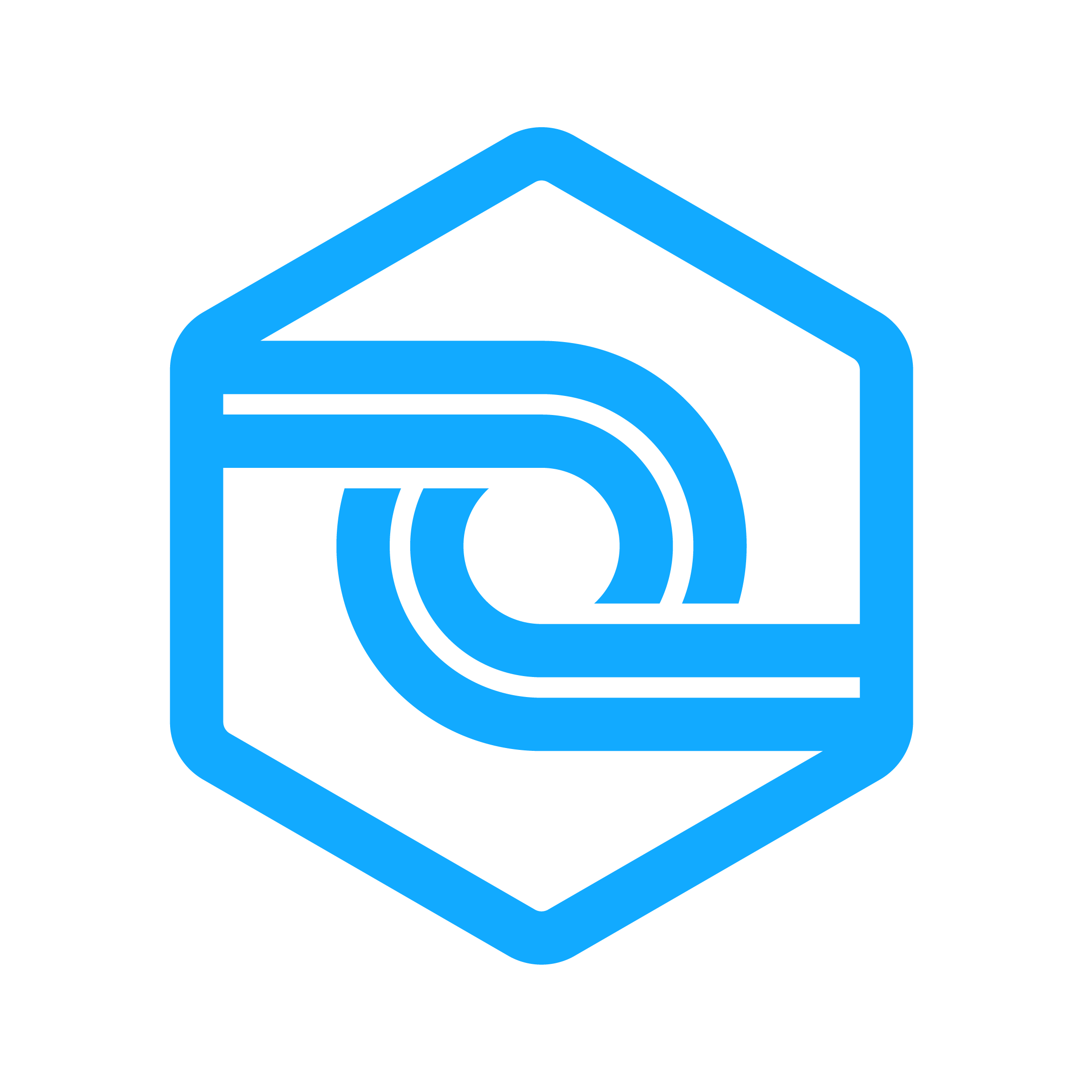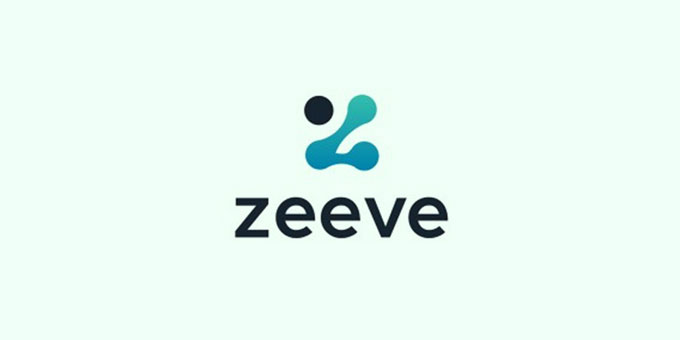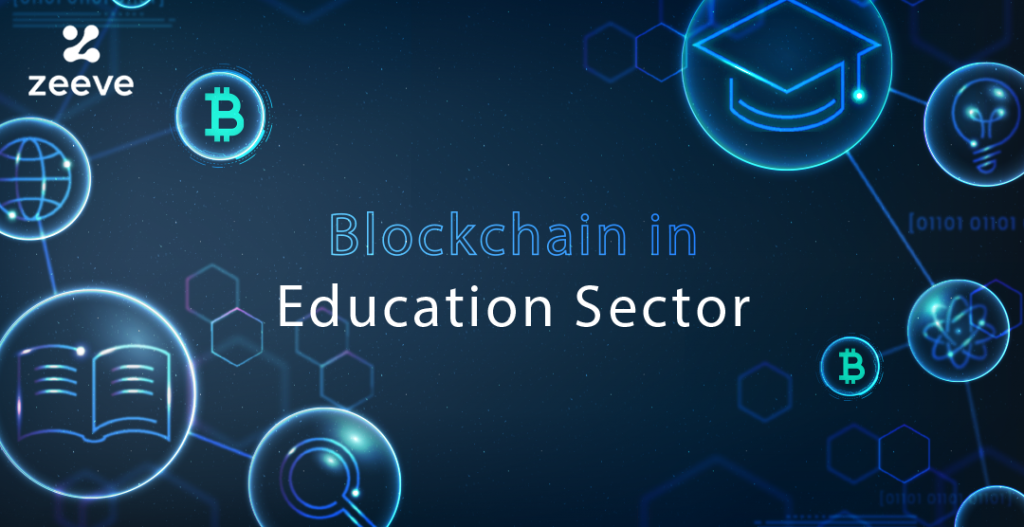Blockchain, a revolutionary technology that spans industries and is a relatively new development in the technological field, is anticipated to drive the expansion of the global economy over the course of the next several decades. The Blockchain lends a helping hand for users to perform a transaction without trusting the third party. The blockchain technology ensures that there is transparency between the two end users and as a result the transactions are performed without the help of intermediates such as banks and companies such as Paypal and directly link the user with the end service person.
Blockchain technology offers advantages in the Education field. However, currently the development in the Education field is considered to be in the embryonic stage as per the study of the Joint Research Centre (JRC) by the European countries. It has researched the potential impact of this “incorruptible” system in areas like training and digital credentials using either academic appointments or copyright protection.
The Education Sector & Blockchain Opportunity:
There are virtually daily announcements on how blockchain technology can be used in everyday life. Blockchain being the distributed, decentralized structure and including features like the permanence of the blockchain record and the capacity to run smart contracts, it is often considered to offer best services. With a few minor exceptions, these characteristics set blockchain technology-based products and services apart from earlier internet-based commercial developments and make them especially appealing to the education sector.
A distributed ledger known as a blockchain enables a community to record and exchange information. Each participant in this community keeps a copy of the data on hand, and any revisions must be approved by everyone. The data could represent anything that can be defined in digital form, including transactions, contracts, assets, identities, and so on. The Blockchain provides the Community members to access complete transaction histories because entries are permanent, transparent, and searchable.
Principal Benefits of Blockchain Technology
The blockchain technology opens up a wide range of opportunities for society that go beyond what is now possible. Some of the benefits are considered below:
- Self-sovereignty, helps users to identify themselves while also maintaining control over the storage and management of their personal data;
- Trust, which enables a technical infrastructure to inspire enough confidence in its operations for people to carry out transactions like payments or the issuance of certificates;
- Transparency & Provenance, which enables users to conduct transactions in knowledge;
- Immutability, or the ability to create records and store them without modifying them.
- Disintermediation, or the elimination of any central controlling authority to oversee the transactions or maintain any of the records.
- Collaboration, or the capacity for parties to engage in direct communication and business dealings without the use of middlemen.
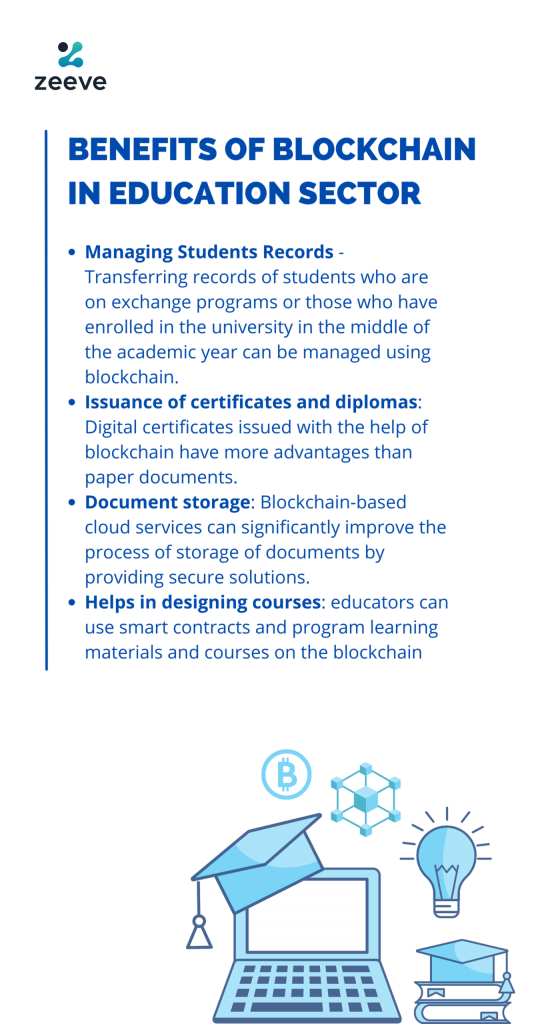
Blockchain – How it works in Education Sector:
Any procedure that results in the issuance of a certificate as proof of a claim is referred to as certification.
In the field of education, certification is used in a variety of contexts, including as proof of the following:
- Achievement of learning outcomes, regardless of the form of learning.
- Teacher competence.
- The learning process undergone by a student, regardless of the form of learning.
- Compliance with certain quality standards by an educational organization or course.
- Certification authority by an accreditation body.
There are many uses for certificates in education, for a variety of reasons. The completion of a particular learning experience is generally recognized by the issuance of certificates to learners. A school-leaving certificate in formal education, a certificate of attendance or participation in non-formal education, or a certificate attesting a mobility experience are some examples of this. Other examples include:
- The entirety of learning achieved in a specific area, such as a degree certificate;
- Discrete units of learning, such as the achievement of specific learning objectives, such as the awarding of ECTS credits in higher education;
- Specific learning objectives;
- The achievement of specific excellence criteria, for example, by winning certain awards for achievement or graduating “with honors”;
- The acquisition of specific skills, such as through certificates awarded in procedures for the recognition of prior learning;
- The specific level of competence achieved in specific areas, through the issue of examination certificates or grade-cards.
Blockchain Use cases in Education:
When to use Blockchain technology:
It is obvious that, despite the hoopla around the technology, from a technical aspect, it can only be applied to select use cases given the expenses of implementing blockchain technology outlined in section 10.2. Therefore, a blockchain should only be used by an application if it satisfies a particular set of requirements (Greenspan, 2015), specifically the requirement for:
1. A database that is formatted as a ledger, which is a list of time-stamped transactions listing what was transacted, from whom, and to whom;
2. Multiple writers, i.e., different people (typically in different physical locations) need to write to the database;
3. Transacting in the absence of trust, i.e., each writer to the database would not be willing to allow anyone else to edit their entries;
4. Disintermediation, or the fact that the different writers do not want to give control of the database to a single entity so that it may administer it;
5. Transaction interaction or the fact that some transactions are dependent on one another. Accordingly, for instance, in the case of crypto currency, if person A transfers 1 unit to person C, and person B transfers 1 unit to person C as well, determining C’s balance requires checking both transactions;
6. A clear set of rules, where transactions are only permitted if they meet specific conditions, which can be independently and automatically verified;
7. A store of value, where entries on a blockchain should represent assets or records that have real-world value.
We discover that within the realm of education, the following areas are most likely to be impacted by the adoption of blockchain technology in the near future, even though many of the uses of blockchain technology cannot yet be imagined:
1. Blockchain technology will hasten the demise of the paper-based certificate system. Certifications of any kind issued by educational institutions, in particular qualifications and accomplishment records can be securely and permanently protected utilizing blockchain technology. Advanced blockchain implementations might potentially be used to maintain and verify a complete record of formal and informal achievements throughout lifelong learning, as well as automate the awarding, recognizing, and transferring of credits.
2. Without having to get in touch with the company that first issued the certificates, users of blockchain technology can automatically check the authenticity of certificates against the blockchain. As a result, it will probably no longer be necessary for educational institutions to confirm credentials. Other educational contexts can benefit from this capability to produce and then automatically reliably validate certificates. As a result, it is possible to see quality assurance organizations awarding accrediting certificates to educational institutions or granting teaching licenses to instructors, all of which would be publicly available and verified by any user against a blockchain. It can also be used to manage intellectual property, track initial publications, and track citations without requiring a central organization to run these databases. This makes it possible to, for instance, track automatically how open educational resources are used and reused.
3. According to our research, educational organizations’ exposure to liability due to data management issues as well as their data management costs could be significantly reduced by using blockchain technologies to build data management structures that give users a greater sense of ownership and control over their own data.
4. Finally, we discover that some institutions are likely to employ blockchain-based crypto currencies to speed up payments. Because it is possible to design unique coins, blockchain is also very likely to be used extensively in nations that fund education through grants or vouchers.
Challenges to Blockchain Adoption in Education:
1. Standards:
A standard is an agreed way to do something. Although anyone might claim to have produced a standard, not all standards are created equal because they call for the formation of an agreement and precise guidelines.
2. Blockchain technology facilitates decentralized standardization:
A group of nodes running the same blockchain software make up a blockchain network. The network’s rules, including who is allowed to update the blockchain, how consensus is reached, how data is organized, and any other regulations the network deems appropriate, are encoded within this programme. Thus, by operating the software, the network effectively establishes a standard for trading the assets for which that specific blockchain was designed. Consensus and standardization within the network are also ensured because any changes to the software require unanimous approval from the entire network or else it will split in two.
3. Current blockchain standardization efforts:
Blockchain technology is not standardized, despite the fact that through its consensus mechanism, it effectively imposes a set of technical standards on the users of a particular blockchain. As a result, for instance, the majority of vendors who use blockchains to provide certificates merely store the certificate’s hash on the blockchain. As a result, vendor-developed software is used for the issue, sharing, and verification procedures, all of which are currently unstandardized. As a result, it is feasible to imagine a scenario in which a large number of businesses and organizations issue certificates on the same blockchain, but each certificate would require a different set of vendor agreements and software to use.
Zeeve:
Zeeve being the leading web 3 infrastructure management platform providing services to various enterprises and Startups to build, deploy and manage various Blockchain technologies. Zeeve also provides its services in the field of Education and fills the gap as in the current scenario the blockchain technology is at an embryonic stage. We have experience of 5 years in designing the Blockchain solutions in various fields such as Banking and Finance, Educational sector. For more details, schedule a free call with our Blockchain specialist.





